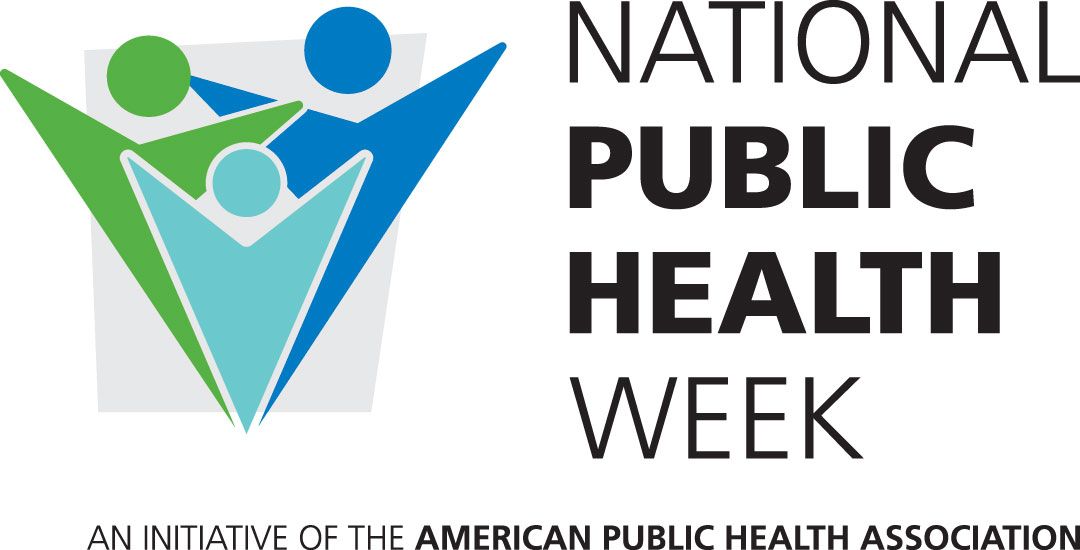Why Declaring Racism a Public Health Emergency Matters

Individual and systemic racism affects virtually every aspect of public life. It is especially pervasive in medicine and public health. Being Black, indigenous, or a person of color (BIPOC) can be harmful to your health.
The U.S. Congress and several local and state governments have declared racism a public health crisis. While these declarations are not legally binding, they convey that racial and cultural justice is necessary to safeguard all citizens’ health. Racism at individual and societal levels negatively impacts vulnerable populations’ mental and physical health. It also prevents members of marginalized groups from receiving equitable and adequate healthcare.
Understanding why racism is a public health emergency can shed light on the health-related harms of racism and bigotry. It also stimulates efforts to remedy the injustices and improve the general health of all Americans.
Why Is Racism a Public Health Emergency?
A public health emergency occurs when the effects or consequences of a public health threat are pervasive enough to overwhelm the organizations and facilities responsible for responding to it. In most cases, policymakers and community leaders cannot legally enforce emergency declarations. Nevertheless, they serve as a call to action to review and revise current policies and practices that allow the emergency to permeate.
NPHIC Blog Posts
Is Gun Violence a Public Health Crisis?

With thousands of gun-related injuries and deaths, it’s impossible to overlook that gun violence has become a public health crisis. In 2016, the American Medical Association declared its status based on over 20 years of continued gun violence as a major cause of death in the United States. It offered recommendations for reducing these instances, yet little has changed when it comes to improving gun safety and preventing accidents and attacks like the Sandy Hook and Uvalde shootings, each of which had over 20 deaths. Tackling the gun violence epidemic involves a multifaceted approach that includes awareness and addressing the root causes that promote the prevention of gun-related death and trauma.
Why Is Gun Violence Awareness Important?
Gun violence is a complex problem that people often view from limited angles. Understanding all the factors involved helps create a more well-rounded foundation for more effective prevention. Gun violence awareness works to help people understand the causes of gun violence so that professional care providers and the general public can recognize the signs and respond appropriately in dangerous situations.
National Public Health Week: How Public Health Has Evolved Since the Pandemic

Public health's primary concerns are preventing the spread of disease, prolonging lives, and promoting physical and mental well-being. To this end, the American Public Health Association (APHA) sponsors National Public Health Week (NPHW), which occurs during the first full week of April each year. The APHA develops and advances numerous public health programs throughout the year and provides educational resources to practitioners, public health experts, and educators to help communities.
The 2022 theme is Public Health is Where You Are, focusing on the impact of community or location on health. This year’s theme also sheds light on the cultural, linguistic, and other barriers people face when accessing healthcare, resources, and information. NPHW is an excellent opportunity to remind providers and experts to listen more to the needs of LGBTQ+, Black, and other communities of color, for whom access to public health has not always been adequate or fair.
Public Health Before and Since the Pandemic
NPHW highlights critical health issues and addresses underlying causes of poor health outcomes. The first NPHW took place in 1955 and has since recognized public health achievements over the decades, including centralized authorities learning to take preventive actions to reduce a population’s exposure to transmissible diseases.
Millennials and Gen Zers Embrace “Life Can Take You Higher than Alcohol”

The National Drug and Alcohol Facts Awareness Week starts on March 22, providing an opportune moment to take a pulse of the drinking culture among Millennials (born between 1977 and 1996) and Generation Z (born between 1996 and 2009).
Both generations have embraced sobriety over alcohol consumption. They have forced the alcohol industry to revamp how and what they market and sell. There’s been a significant shift in what bars serve, even establishing all dry venues.
The Sobriety Mindsets for Millennials and Gen Zers
Studies have found that these generations drink less than their older counterparts. They fear what will happen when they lose control and how their actions may appear on social media. As a result, they consume less than their parent’s generation did as teenagers. They are also drinking less than their parents are drinking today. According to data from the United Kingdom, a forty-year-old is more likely to commit a drunk driving violation than an 18-year-old.
Winter Safety: Your Go-To Guide When the Weather Outside Is Frightful

While the winter can be enchanting with beautiful snowfalls, it is also ripe with hazards that can cause injury or even worse. But you can manage the cold with good old-fashioned common sense!
The cold weather can put anyone in jeopardy, as the temperature can increase heart rate and blood pressure. Blood clots more easily and constricts arteries, decreasing blood supply. About 11,500 people experience injuries, and about 100 people die annually from shoveling snow.

